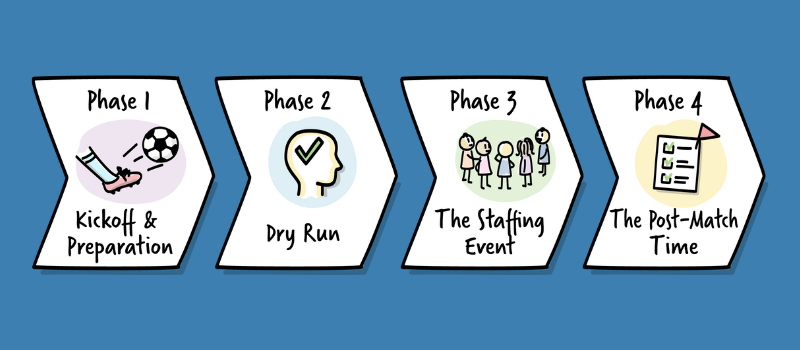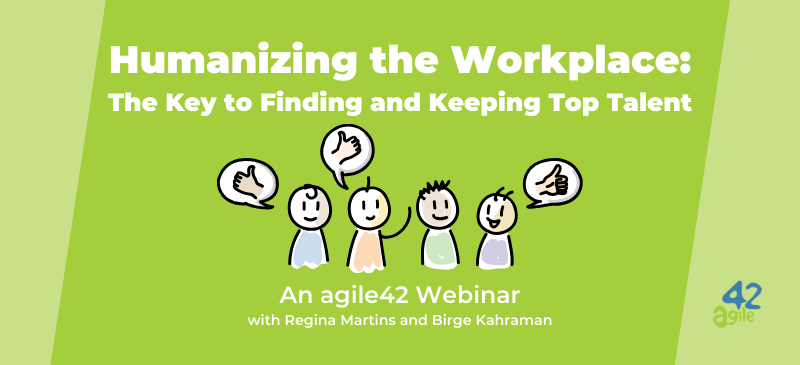Leadership Agility at EWAB
EWAB is an industrial automation company, founded in Sweden in 1970, but with a global footprint. The organization offers the manufacturing sector conveyor solutions, robot cells, and loading devices.
In 2019, after decades of success and innovation, the company faced challenges regarding what services and products to focus on within unprecedented market conditions. This required a shift towards a more agile approach and coherent culture to become more flexible and resilient.
Read more









